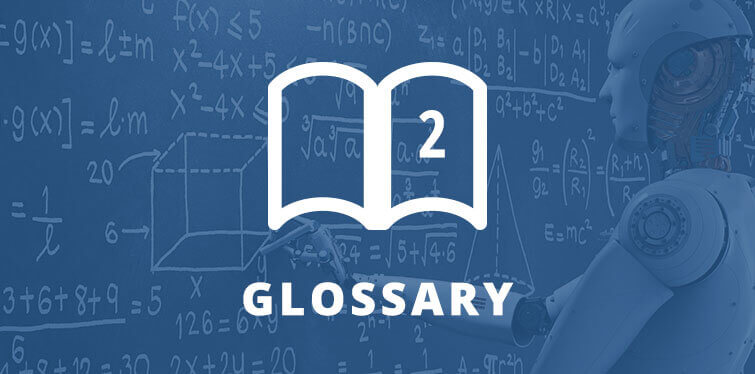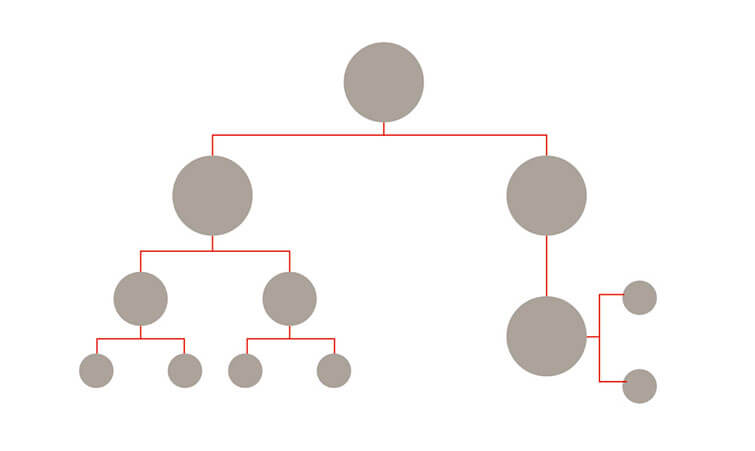
Taxonomy is a model or procedure used to classify objects. The objects can be living organisms, things or even terms that are classified according to specific criteria in categories or classes. An example of a taxonomy is the classification of living beings in biology into species, genera, families, etc. This was developed in the 18th century by Carl von Linné.
Taxonomies function by structuring common criteria (characteristics), and a large amount of information to show how they relate to each other. The elements are hierarchically arranged in a tree structure and form an umbrella term-sub-term relationship. The basis forms a single “root”, from which all other limbs and nodes branch out.
This is the hierarchical relationship that forms the difference between taxonomy and simple indexing (so-called tagging). In addition, links to related terms are also contained in most taxonomies today.
Taxonomising job profiles
In order to be able to compare the content of various job fields, jobs can also be displayed in structures. This can be done regardless of country or language. Such taxonomy makes the matching of a job description with the present qualifications of a candidate easier.
In general, assembly and maintenance is very time-consuming. This is due to the fact that terms and hierarchies must be defined so that they are as universal as possible and enable the clear assignment of all elements.
An example of the taxonomy of jobs is the classification of the European Initiative ESCO (European Skills, Competences, Qualifications and Occupations). Launched in July 2017, the first full version (ESCO v1) of the taxonomy was published in July 2017. It is available in 27 languages and currently contains approximately 3000 jobs as well as 13,500 skills and competences.
See also:
https://ec.europa.eu/esco/portal
http://www.is.informatik.uni-duisburg.de/courses/sem_ss08/papers/p01_taxonomies.pdf
http://www.sepia.de/fileadmin/themen/facettensuche/thema-facettensuche.pdf
